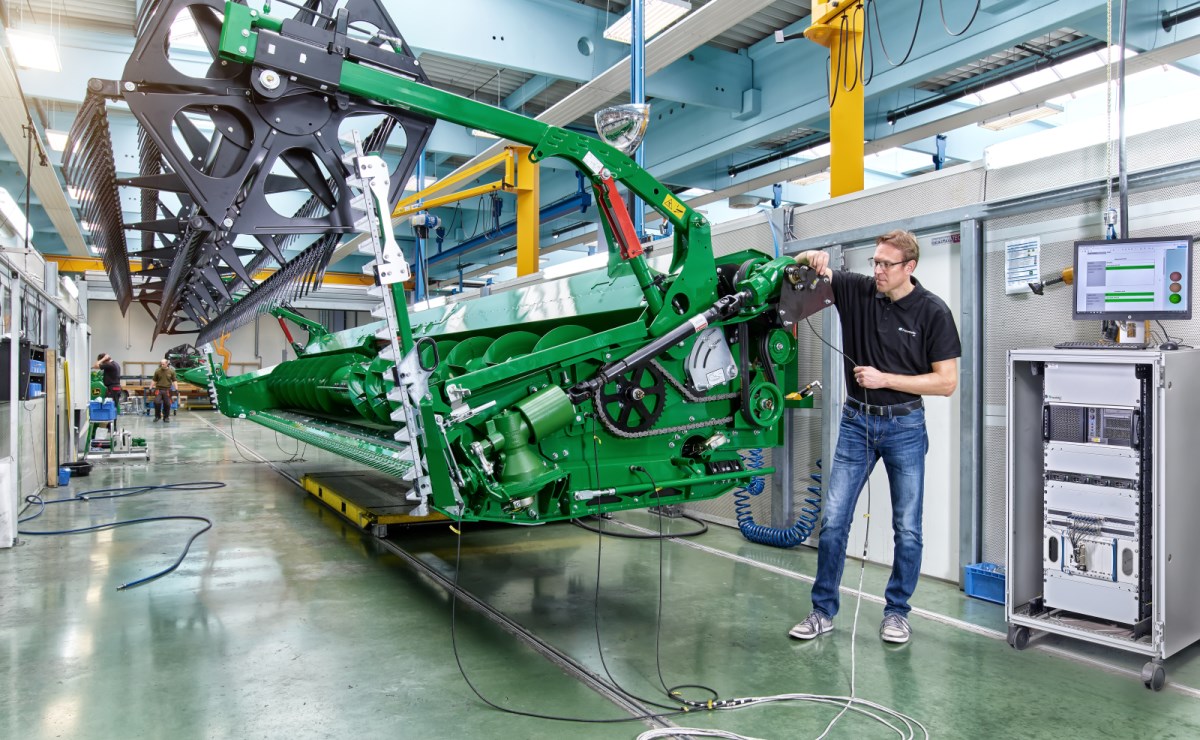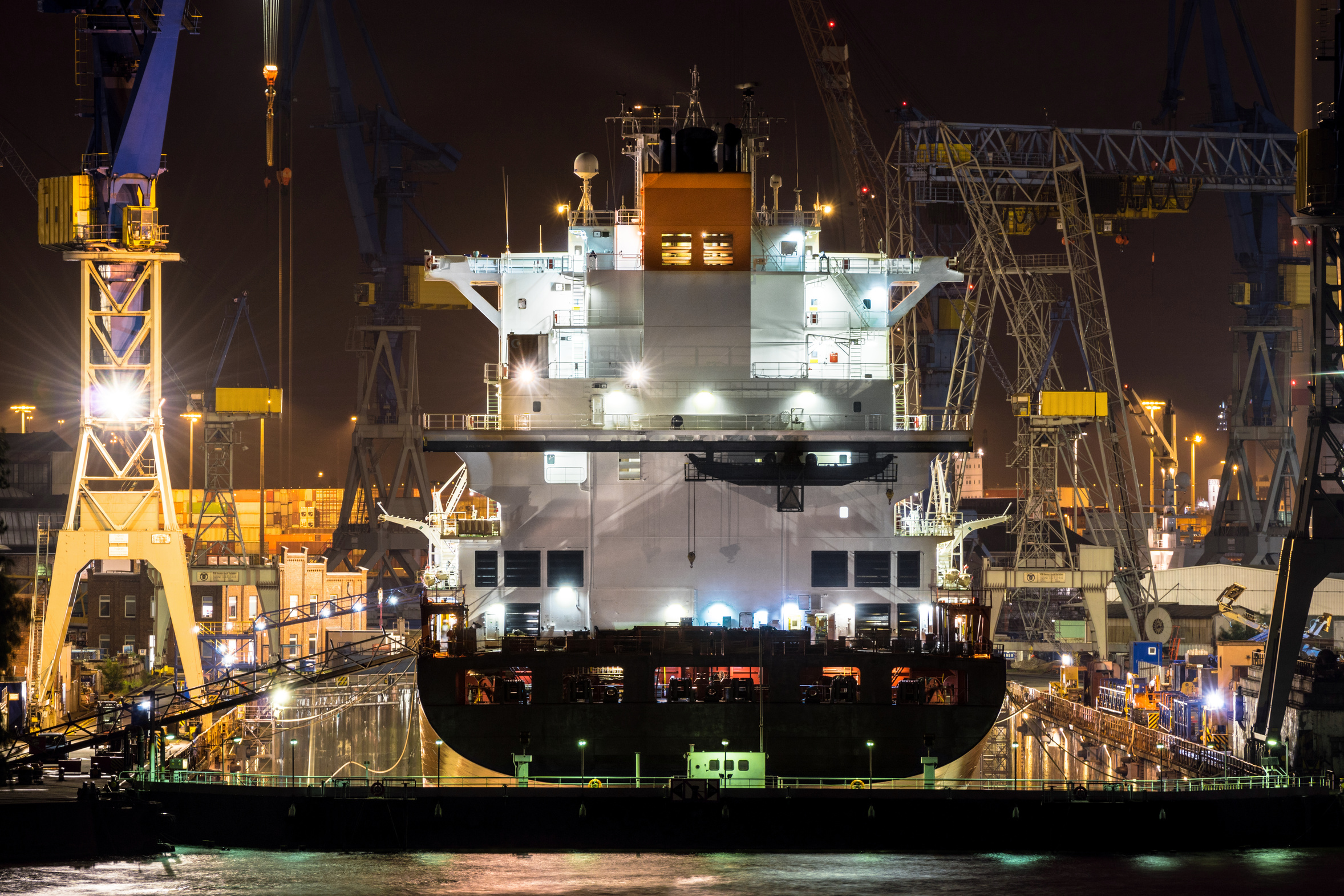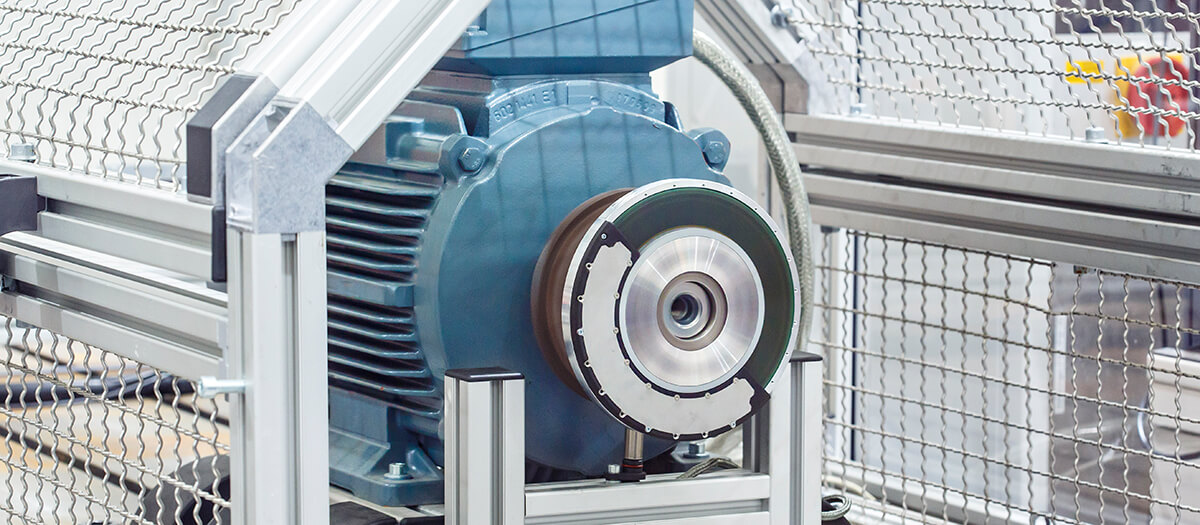Systems are becoming increasingly complex in the shipping as well as in the offshore industry. Ships, ports, waterways and offshore facilities consist of a wide range of different components and technologies. The demand for technologies is determined by trends as well as digitalization, Autonomous Drive/AI and other aspects of the 'Maritime Industry 4.0'. Fraunhofer Waterborne has expertise in a wide range of technologies and is developing new applications for the maritime industry in areas including the following:
Maritime technologies
Sensor technology
Fraunhofer Waterborne designs monitoring systems for the deduction of damages, the prediction of failures and preventative maintenance. The extensive use of condition and structure monitoring systems with planning-driven maintenance can make a significant contribution to safety, efficiency, service, availability, quality, economy and environmental protection. The methods for combined condition and structure monitoring, some of which are already established in other sectors, are finding new areas of application in shipping through Fraunhofer Waterborne, e.g. intelligent drive systems permit continuous monitoring of the operating states of the drive train.
Project examples
SMARTPS: Product-related energy-autonomous sensors for rotating systems: optimizing condition monitoring of drive trains (Fraunhofer LBF)
RAMMS – Reliable and Autonomous Monitoring System for Maritime Structures (Fraunhofer LBF)
Vibration and sound systems
Yachts may be equipped with ship engines that are powerful and loud: 6,000 hp is common for mega-yachts. This high power is also associated with noise and annoying vibrations on board. Noise and vibrations can be best reduced where they occur - at the interface between engine and ship's foundation. Fraunhofer has developed a promising solution to this problem: integrated active vibration isolation.
Project examples
AKTOS: Active control of torsional vibrations through coupling elements (Fraunhofer LBF, German)
EPES: Efficient prognosis of the vibro-acoustic properties in the ship design phase (Fraunhofer LBF, German)
Electromagnetic sensor technology and special radars
Radar equipment makes an important contribution to the safety of shipping and goods transport by sea. They support the crew in navigation and warn of collisions with any obstacles in dense traffic or difficult shipping lanes. Due to the use of hyperfrequency signals, they also work at night or in poor visibility. Fraunhofer Waterborne develops concepts, methods and systems for electromagnetic sensor technologies and especially radars, using state-of-the-art signal processing methods and innovative technologies. The frequency range covers all frequencies which are used and common in maritime environments. Competencies include numerical field computation, high frequency technology and sensor signal processing, which enable the design, development and testing of innovative, complex high frequency systems under one roof.
Project examples
SEERAD – Antenna development for an innovative sea rescue system (Fraunhofer FHR)
S-Band-Radare – Demonstration of a solid-state for maritime navigation (Fraunhofer FHR)
Maritime radar with electronically controlled array antenna (Fraunhofer FHR)
Electromagnetic investigation of antennas on Platforms (Fraunhofer FHR)
Intelligent noise monitoring via »AcoustiX«


Machines or systems generate characteristic vibrations and therefore noises. These contain information about the quality, since assembly errors or other defects often cause a change in the operating noise.
In order to monitor and assess quality fully automatically, Fraunhofer IZFP has developed »AcoustiX« - an intelligent acoustic sensor system with cognitive signal evaluation. The cognitive approach is similar to the subjective noise evaluation by a human, but provides objective and reproducible results.
The developed algorithms do not require any prior knowledge. However, some comparison signals are required for the basic software parameterization. The algorithms thus detect anomalies without time-consuming training.
In the maritime sector, »AcoustiX« is suitable, for example, for monitoring small systems such as pumps, large engines, gearboxes or other drive and control components of ships.
Project examples
AcoustiX: Acoustic sensor system for final assembly inspection or operational monitoring using cognitive signal analysis (Fraunhofer IZFP)
 Fraunhofer-Allianz Verkehr
Fraunhofer-Allianz Verkehr


